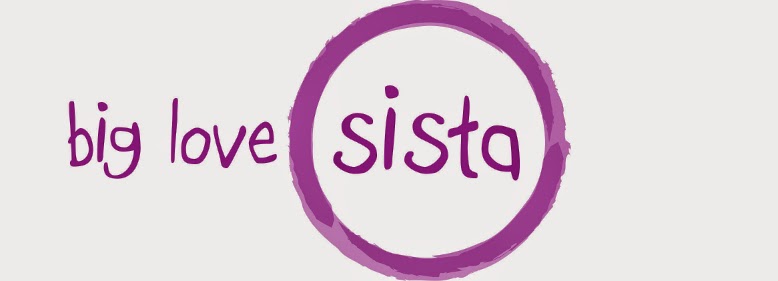"The unfit and the unneeded! The miserable and despised and forgotten, dying in the social shambles. The progeny of prostitution - of the prostitution of men and women and children, of flesh and blood, and sparkle and spirit; in brief, the prostitution of labour. If this is the best that civilisation can do for the human, then give us howling and naked savagery. Far better to be a people of the wilderness and desert, of the cave and the squatting-place, than to be a people of the machine and the Abyss."
Jack London in The People of the Abyss
Possibly the most interesting job out there at the moment...
DIRECTOR - Art for Amnesty
(click on the Bob and Roberta Smith image for details)
DESIGN FOR CARE
The Design Council has launched its Design for Care programme, aiming to help transform care for the 21st century. But why does care need transforming, and how can design help? I think this may be a strong theme for the free symposium that I mentioned in last weeks blog-posting on 12 February next year, here at the Manchester School of Art. I’m thinking a day that in the morning explores arts and health research and in the afternoon, the issues raised here by the Design Council. I very much hope that alongside post-graduates in design here at MMU, we will be joined by people from the industry and care profession. Let me know your thoughts on this.
‘To meet this demand we will need to broaden the notion of care from eligibility measured services to the responsibility of the community. It's a challenge of wider collaboration between individuals and carers, family and friends, neighbours and volunteers and professionals.’
Click on the logo below to read the vision statement.
They have chosen four themes that they believe will make a difference and together with care professionals, technology companies and others, they will start to put shared thoughts into action.
How do we increase the care contribution of family, friends and the wider community?
2. Transforming our homes
How do we make homes that better support wellbeing?
3. Enabling better choices
How can we support people to make effective choices for their own care needs or those of a loved one?
4. Places and spaces for care
What are the best environments in which to deliver collaborative care?
Funding for Links with Japan
The Daiwa Foundation which support closer links between Britain and Japan is seeking applications under its small grants programme. Grants of £3,000-£7,000 are available to individuals, societies, associations or other bodies in the UK or Japan to promote and support interaction between the two countries. Daiwa Foundation Small Grants can cover all fields of activity, including educational and grassroots exchanges, research travel, the organisation of conferences, exhibitions, and other projects and events that fulfil this broad objective. New initiatives are especially encouraged.
The next applications deadline is the 31st March 2015. Read more at by clicking on the sleepy train journey above.
BBC Children in Need Main Grant Programme
BBC Children in Need has announced that the next applications deadline for its Main Grants Programme is the 15th January 2015. Funding is available to organisations that work with young people who are suffering from:Illness
Distress
Abuse or neglect
Are disabled
Have behavioural or psychological difficulties
Or are living in poverty or situations of deprivation.
The Main grants programme is open to applications for grants of over £10,000.
http://www.bbc.co.uk/programmes/articles/3XW7FvN20PD3xr2c1T62Xly/main-grants



























